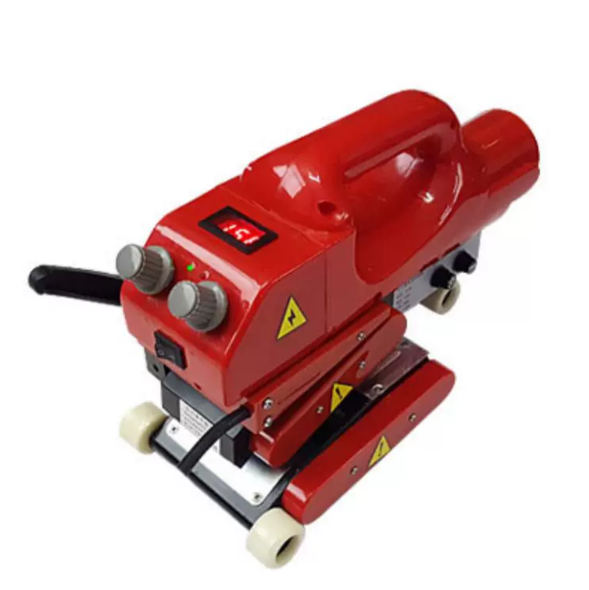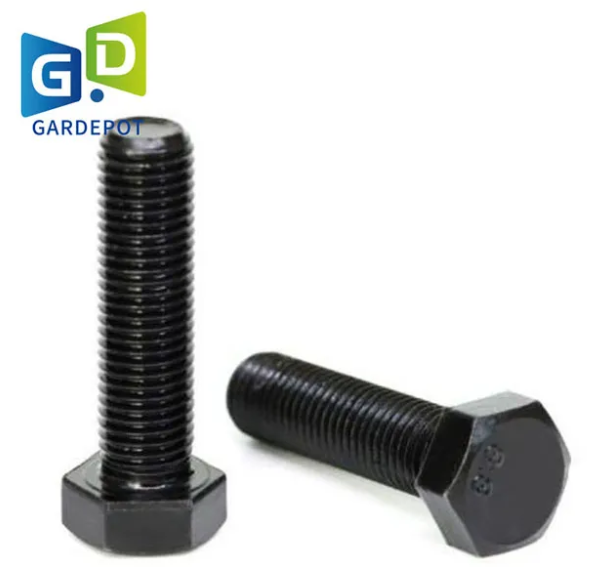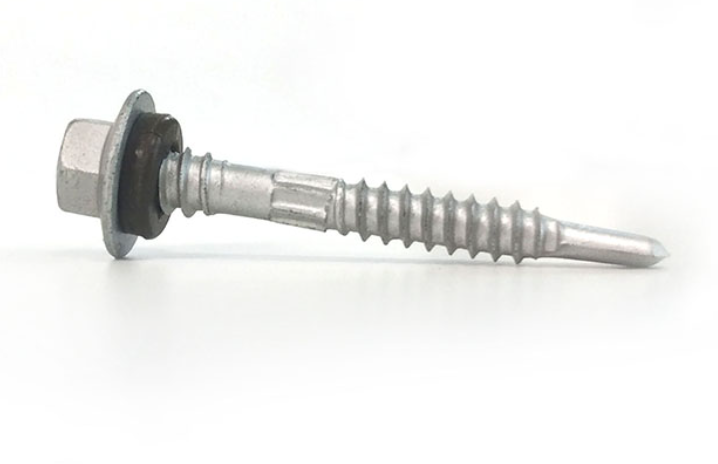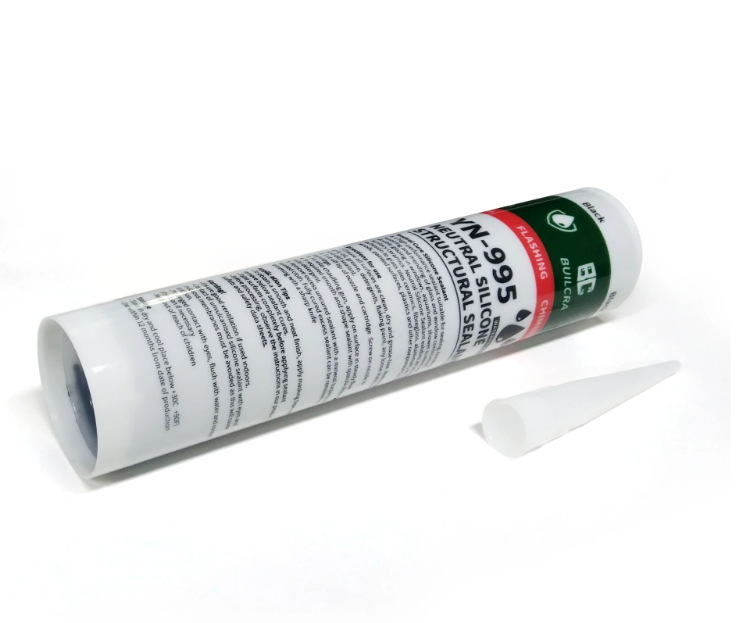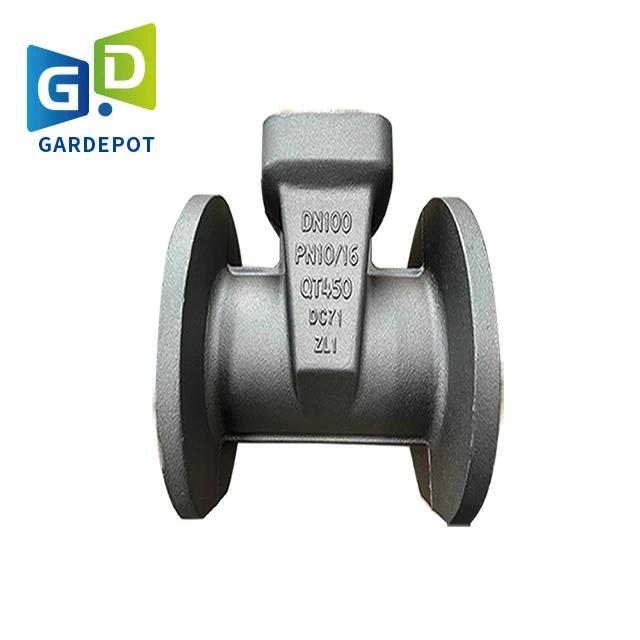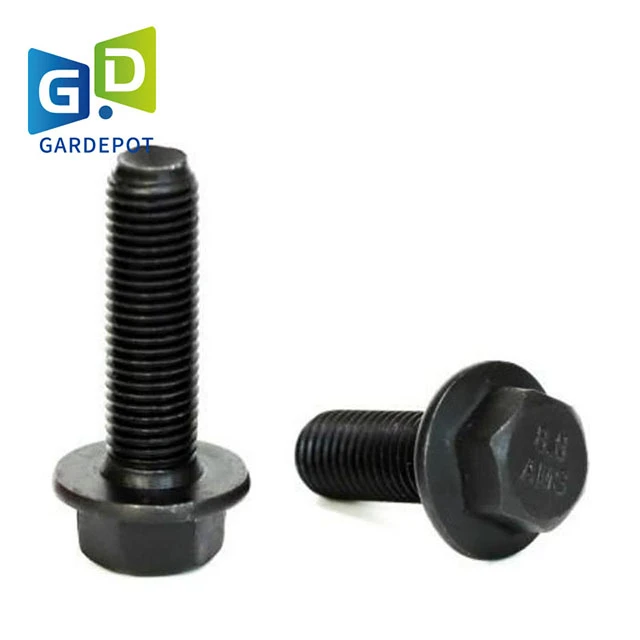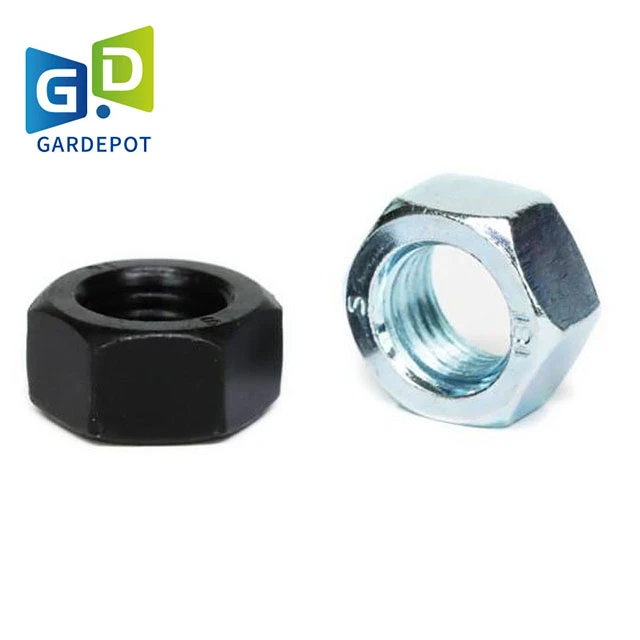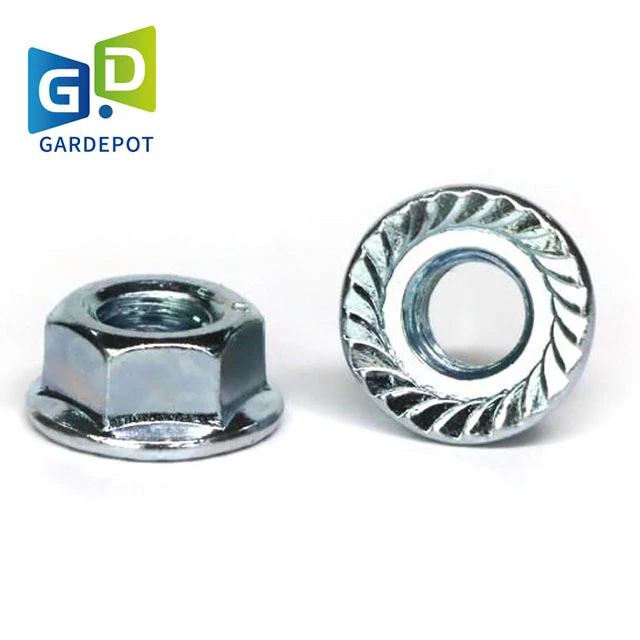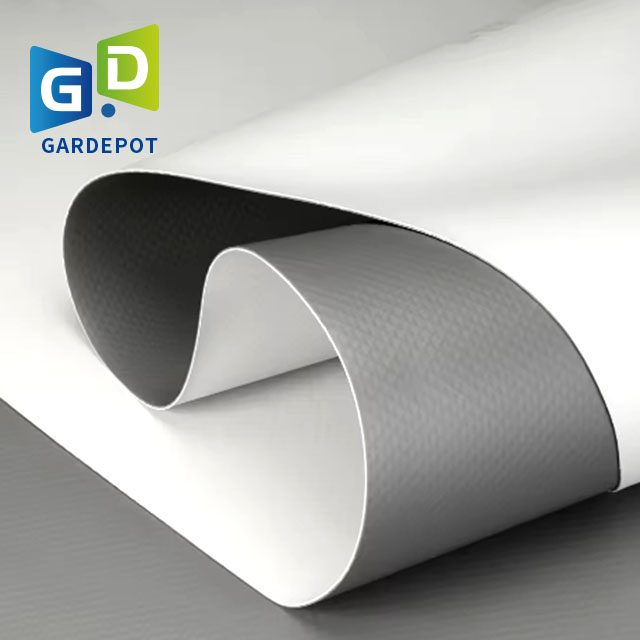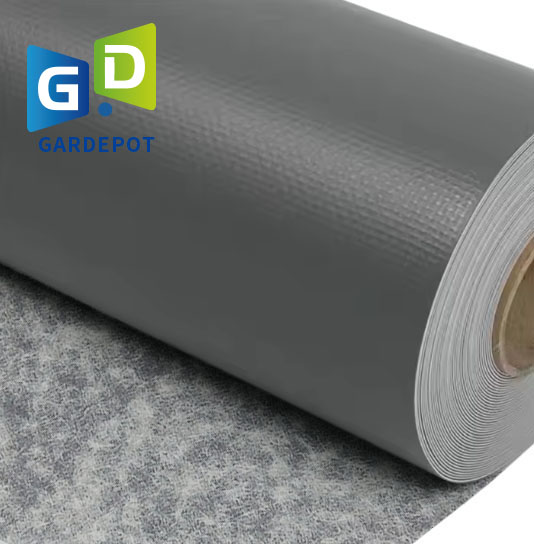Premium Plate Insulation for Roofs - Maximize Energy Efficiency
The Evolution and Application of Advanced Insulation Plates in Industrial Environments
In critical industrial applications, the efficiency and safety of thermal management systems are paramount. At the heart of these systems lies advanced plate insulation, a specialized component designed to mitigate heat transfer, conserve energy, and protect sensitive equipment from extreme temperatures. This article delves into the intricate world of insulation plates, covering everything from their manufacturing precision to their multifaceted applications and the critical role they play in modern industry. Focusing on B2B insights, we will explore technical specifications, market trends, and practical considerations for engineering decision-makers.
The demand for high-performance insulation solutions is escalating across sectors such as petrochemical, metallurgy, power generation, and water supply & drainage. Companies are increasingly seeking robust and durable insulation plates that offer superior thermal resistance, chemical inertness, and mechanical integrity, even under the most demanding operating conditions. Our focus is on providing comprehensive insights into these essential components.
Industry Trends and Market Dynamics for Insulation Plates
The market for advanced plate insulation is experiencing robust growth, driven by stringent energy efficiency regulations, increasing operational temperatures in industrial processes, and a global push towards sustainability. Key trends include the development of lighter, more durable materials, enhanced fire resistance, and improved performance-to-cost ratios. Furthermore, the adoption of IoT for real-time thermal monitoring and predictive maintenance is creating new opportunities for smart insulation solutions.
Recent market analysis indicates a compound annual growth rate (CAGR) of approximately 5.8% for the global industrial insulation market, projected to reach over $100 billion by 2027. This growth is significantly influenced by sectors requiring high-temperature insulation, such as the chemical processing and power generation industries. The demand for specialized 3 insulation plates tailored for specific operational pressures and temperatures is particularly strong.

Figure 1: High-performance insulation plates designed for extreme thermal environments.
The shift towards greener industrial practices also fuels the innovation in eco-friendly insulation materials. Manufacturers are investing in research and development to produce materials with lower environmental impact during production and disposal, while maintaining or exceeding performance standards.
Manufacturing Process Flow for Advanced Insulation Plates
The production of high-quality insulation plates involves a meticulously controlled, multi-stage process designed to achieve specific material properties and dimensional precision. For products like the 3” Insulation Plate, the manufacturing journey typically follows these critical steps:
- Material Selection and Preparation: This initial phase is crucial. Materials such as high-purity alumina, zirconia, mullite, calcium silicate, or advanced ceramic composites are selected based on the desired thermal, mechanical, and chemical resistance properties. For instance, high-temperature applications often utilize ceramic fiber reinforced composites. Raw materials undergo rigorous quality checks for purity and consistency, followed by precise blending and granulation.
- Forming Process (Casting/Pressing):
- Casting: For specific geometries or very high-temperature ceramics, a slip casting or slurry casting method might be used, where a ceramic slurry is poured into molds and allowed to dewater and consolidate.
- Hot Pressing/Cold Isostatic Pressing (CIP): For dense, high-strength insulation plates, powdered materials are compacted under high pressure, sometimes with elevated temperatures (hot pressing), to achieve maximum density and minimal porosity. This process is critical for ensuring uniform thermal conductivity and mechanical strength.
- Lamination: For composite insulation plates, layers of different materials (e.g., ceramic fiber blankets, microporous boards) are bonded together under heat and pressure, often with high-performance binders, to create a multi-layer structure offering superior thermal gradients.
- Sintering/Curing: The formed "green" plates undergo a high-temperature sintering process (for ceramics) or curing (for composite materials). Sintering involves heating the material to just below its melting point, causing particles to fuse and densify, forming a solid, strong structure. This process determines the final material characteristics like hardness, porosity, and thermal stability.
- Precision Machining (CNC): After sintering/curing, plates often require CNC machining to achieve exact dimensions, surface finishes, and complex geometries. This ensures that the insulation plates fit perfectly into their intended assemblies, minimizing thermal bridges and maximizing insulation efficiency.
- Finishing and Coating: Depending on the application, surfaces may be ground, polished, or coated with protective layers to enhance chemical resistance, reduce emissivity, or improve abrasion resistance.
- Quality Control and Testing: Each batch undergoes rigorous testing to meet international standards such as ISO 9001 (Quality Management Systems) and specific material performance standards (e.g., ASTM, ANSI). Tests include:
- Thermal Conductivity: Measured precisely (e.g., hot wire method, guarded hot plate) across various temperature ranges.
- Compressive Strength: To ensure structural integrity under load.
- Dielectric Strength: Critical for electrical insulation applications.
- Dimensional Accuracy: Verified using precision metrology tools.
- Porosity Analysis: To control thermal properties.
- Non-Destructive Testing (NDT): Ultrasonic or X-ray inspection for internal flaws.
The service life of a high-quality insulation plate can exceed 10-15 years in typical industrial conditions, offering significant long-term value. Advantages in typical scenarios include substantial energy savings by reducing heat loss/gain, superior corrosion resistance against aggressive chemicals, and enhanced process stability.
Technical Specifications: The 3” Insulation Plate
Understanding the precise technical parameters of insulation plates is vital for selecting the right solution for any given application. Our 3” Insulation Plate, a flagship product, exemplifies cutting-edge thermal management technology. Below is a detailed specification table that provides critical performance data.
Product Specification: 3” Insulation Plate
| Parameter | Value/Range | Unit | Testing Standard |
|---|---|---|---|
| Thickness | 76.2 (3) | mm (inches) | ISO 286-2 |
| Max. Operating Temperature | Up to 1200 | °C | ASTM C201 |
| Thermal Conductivity (@600°C) | 0.15 - 0.25 | W/m·K | ASTM C177 |
| Compressive Strength (25% deformation) | > 5.0 | MPa | ASTM C165 |
| Density | 0.8 - 1.2 | g/cm³ | ASTM C303 |
| Thermal Shock Resistance | Excellent | Rating | Internal Standard |
| Chemical Inertness | High Resistance to acids & alkalis | Rating | ISO 17757 |
| Typical Material Composition | Microporous Silica / Ceramic Fiber Composite | N/A | Material Safety Data Sheet (MSDS) |
These specifications underscore the versatility and high performance of our 3 insulation plates, making them suitable for a wide range of demanding industrial applications.
Application Scenarios and Technical Advantages
The strategic deployment of high-performance plate insulation is crucial across numerous industrial environments where precise temperature control, energy efficiency, and safety are non-negotiable. Here are key application scenarios and the intrinsic technical advantages:
- Petrochemical Industry: Used in catalytic reformers, cracking furnaces, and distillation columns.
- Advantages: Reduces heat loss, enhancing process efficiency and significantly lowering energy consumption. Excellent chemical resistance ensures longevity in corrosive environments.
- Metallurgy and Foundries: Critical for induction furnaces, holding furnaces, and tundishes in steel and aluminum production.
- Advantages: Withstands extreme temperatures (up to 1200°C+), prevents heat escape, and contributes to uniform temperature distribution, crucial for material quality.
- Power Generation (Thermal & Nuclear): Applied in boiler walls, steam turbines, and exhaust systems.
- Advantages: Improves thermal efficiency, reduces surface temperatures for personnel safety, and extends the lifespan of critical components by protecting them from thermal stress.
- Water Supply & Drainage: Insulating pipes and vessels carrying hot fluids or in heat exchange systems.
- Advantages: Prevents heat loss from heated water, reducing energy costs for heating systems and preventing condensation on cold lines.
- Specialized Roof Insulation Plates: For industrial facilities requiring robust thermal envelopes.
- Advantages: Provides superior thermal resistance, reducing heating/cooling loads and offering long-term structural stability under various weather conditions. Our roof insulation plates are engineered for demanding industrial environments.
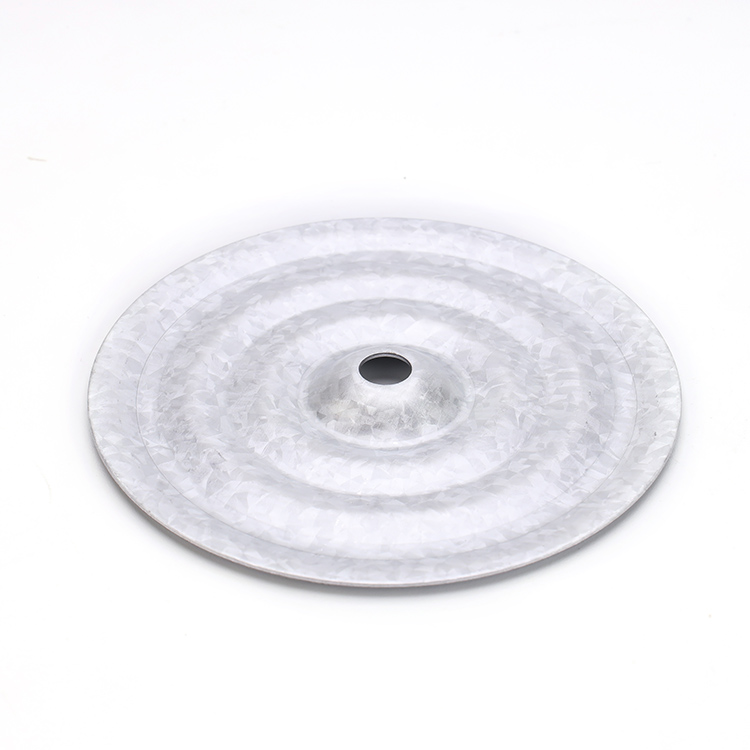
Figure 2: Insulation plates integrated into a high-temperature processing unit.
The overarching technical advantages of high-grade insulation plates include significant energy conservation, enhanced equipment reliability, extended operational lifespans, and improved workplace safety by minimizing hot surface temperatures.
Vendor Comparison: Choosing the Right Partner for Insulation Solutions
Selecting a supplier for industrial insulation is a strategic decision that impacts operational efficiency, cost-effectiveness, and long-term reliability. While many providers offer 3 insulation plates for sale, distinguishing between them requires a critical evaluation of several factors beyond just price.
Key Differentiators in Insulation Plate Providers
| Feature | Standard Provider | Leading Provider (e.g., Gardepota) |
|---|---|---|
| Material Quality & Sourcing | Generic materials, limited traceability | Premium, certified raw materials (e.g., high-purity ceramics, advanced composites), fully traceable |
| Manufacturing Precision | Standard tolerances, basic finishing | ISO-certified, CNC machining, tightest tolerances for optimal fit and performance |
| Customization Capabilities | Limited to standard sizes and shapes | Extensive custom design, engineering, and prototyping for unique industrial requirements |
| Technical Support & Expertise | Basic product information | Dedicated engineering support, application specialists, thermal modeling services |
| Certifications & Compliance | May meet local standards only | ISO 9001, ASTM, ANSI, and often industry-specific certifications (e.g., CE, RoHS) |
| Lead Times & Logistics | Variable, less predictable | Streamlined supply chain, reliable lead times, global shipping capabilities |
| After-Sales Service & Warranty | Standard limited warranty | Comprehensive warranty, responsive technical support, post-installation guidance |
A leading provider excels not only in product quality but also in providing comprehensive solutions and support, which translates to superior long-term value for B2B clients.
Customized Solutions and Application Case Studies
Recognizing that off-the-shelf solutions may not always meet the unique demands of complex industrial processes, we specialize in providing customized plate insulation solutions. This involves a collaborative design process, from material selection to precise fabrication, ensuring optimal performance for specific operational parameters.
Our engineering team works closely with clients to understand their precise thermal, mechanical, and chemical environment requirements. This bespoke approach allows for the development of insulation plates with specific dimensions, complex geometries, integrated features (e.g., mounting holes, channels), and multi-layer material compositions to achieve targeted thermal profiles and mechanical integrity.

Figure 3: Custom-engineered insulation plates awaiting deployment in a specialized industrial furnace.
Application Case Studies: Real-World Impact
- Case Study 1: High-Temperature Kiln for Ceramics Production
A major ceramics manufacturer faced significant heat loss and inconsistent temperature profiles in their shuttle kilns operating at 1100°C. We designed custom insulation plates with a multi-layer microporous and ceramic fiber composite, precisely cut to line the kiln walls and car decks. This solution reduced surface temperatures by 150°C, leading to a 12% reduction in energy consumption and improved product quality due to more stable internal temperatures. Customer feedback highlighted the enhanced kiln efficiency and longer refractory life.
- Case Study 2: Industrial Exhaust System for Chemical Processing Plant
A chemical plant needed to insulate a critical exhaust duct carrying hot, corrosive gases at 700°C. Standard insulation failed prematurely due to chemical attack. We provided custom-fabricated insulation plates made from a high-purity alumina-silicate material with excellent chemical inertness. The plates were designed with interlocking features for ease of installation and minimal gaps. This resulted in a 30% increase in insulation lifespan, significantly reduced maintenance downtime, and improved thermal protection for surrounding equipment and personnel.
These examples illustrate our capability to provide tailored, high-performance insulation solutions that deliver tangible benefits in demanding industrial environments. Our robust certification (e.g., ISO 9001:2015) and long-standing partnerships with leading industrial firms underscore our authoritativeness in the field.
Ensuring Trustworthiness: FAQ, Logistics, and Support
Frequently Asked Questions (FAQ)
Q1: What is the maximum operating temperature for your standard 3” Insulation Plate?
A1: Our standard 3” Insulation Plate is engineered to operate efficiently and safely at temperatures up to 1200°C. For applications exceeding this, we offer specialized custom solutions with even higher thermal resistance.
Q2: Can these insulation plates be used in chemically aggressive environments?
A2: Yes, our insulation plates, particularly those made from advanced ceramic composites, exhibit high resistance to various acids, alkalis, and other corrosive agents. Specific material selection will be guided by the exact chemical exposure conditions.
Q3: How do your insulation plates contribute to energy savings?
A3: By significantly reducing heat transfer from high-temperature processes or into low-temperature ones, our plates minimize energy waste. This leads to lower fuel consumption for heating or reduced electricity usage for cooling, resulting in substantial operational cost savings.
Q4: What are the lead times for custom insulation plate orders?
A4: Lead times for custom orders vary depending on complexity and quantity. Typically, after design approval, manufacturing and delivery can range from 4 to 8 weeks. We provide a detailed project timeline upon order confirmation.
Lead Time & Fulfillment
We maintain a robust supply chain and efficient manufacturing processes to ensure timely delivery. Standard 3” Insulation Plate orders are typically fulfilled within 2-3 weeks. For large-volume or highly customized orders, specific lead times will be provided during the quotation process, with dedicated project managers overseeing fulfillment.
Warranty Commitments
All our plate insulation products come with a comprehensive 2-year warranty against manufacturing defects and material failures under specified operating conditions. We stand by the quality and performance of our products, ensuring peace of mind for our industrial clients.
Customer Support Information
Our dedicated technical support team is available to assist with product selection, installation guidance, and troubleshooting. We offer responsive after-sales service, including on-site consultation for complex installations, thermal analysis, and performance optimization. For immediate assistance, please visit our contact page or reach out to your assigned account manager.
Conclusion
The strategic implementation of high-performance plate insulation is a critical investment for industries aiming to optimize thermal management, enhance energy efficiency, and ensure operational safety. From the meticulous manufacturing process to diverse application scenarios, the technical superiority of these components delivers significant long-term value. By partnering with a provider committed to quality, customization, and comprehensive support, businesses can achieve unparalleled performance and reliability in their most demanding thermal environments.
References
- Smith, J. A. (2022). "Advanced Ceramic Materials for High-Temperature Insulation." Journal of Industrial Thermal Engineering, 15(3), 201-215.
- Chen, L., & Wang, Q. (2021). "Energy Efficiency Improvements in Petrochemical Furnaces Through Microporous Insulation." International Journal of Energy Research and Innovation, 8(2), 110-125.
- Davies, M. P. (2023). "The Role of Composite Insulation in Modern Metallurgy." Materials Science and Engineering Reports B, 45(1), 50-68.
- Global Market Insights. (2020). Industrial Insulation Market Size, By Product, By Application, Industry Analysis Report, Regional Outlook, Growth Potential, Competitive Market Share & Forecast, 2021 – 2027.



